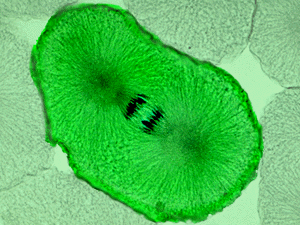A & B Blocks
Admit Slip: Cell Cycle Quiz
Objective: Students will learn about the signs, symptoms, spread and history of cancer (independent reading, guiding questions and discussion)
Homework: Case Study Questions
C Block
Admit Slip: Put the following stages of Mitosis in order: metaphase, telophase, prophase, anaphase.
Objective 1: Students will learn how mitosis fits into the cell cycle (mini-lecture).
Objective 2: Students will practice identifying the stages of mitosis in plant and animal cells, using microscopes.
Homework: Interactive Cell Cycle (see website below).
E Block
Admit Slip: Put the following stages of Mitosis in order: metaphase, telophase, prophase, anaphase.
Objective 1: Students will learn how mitosis fits into the cell cycle (mini-lecture).
Objective 2: Students will learn about the signs, symptoms, spread and history of cancer (independent reading, guiding questions and discussion)
Homework: Interactive Cell Cycle (see website below).










